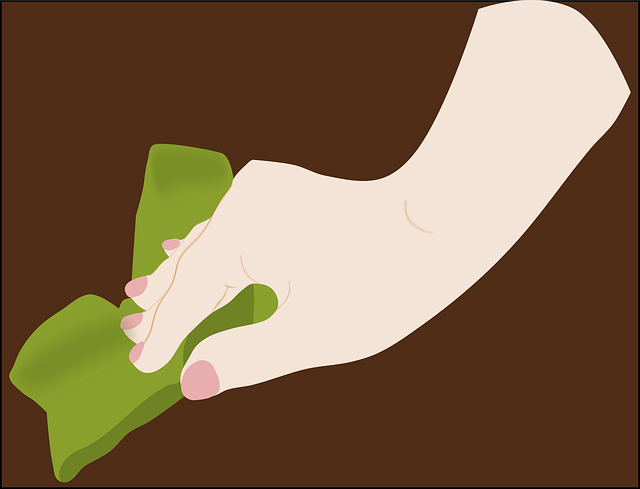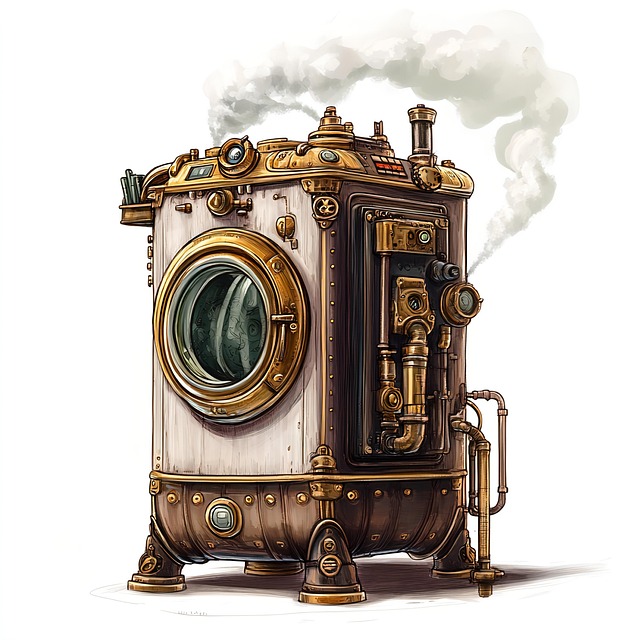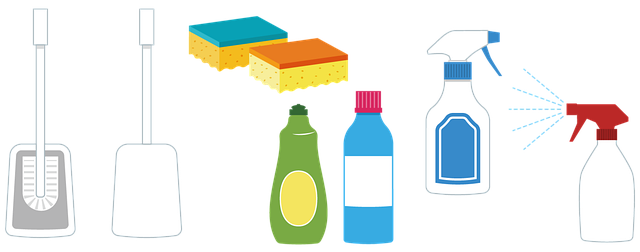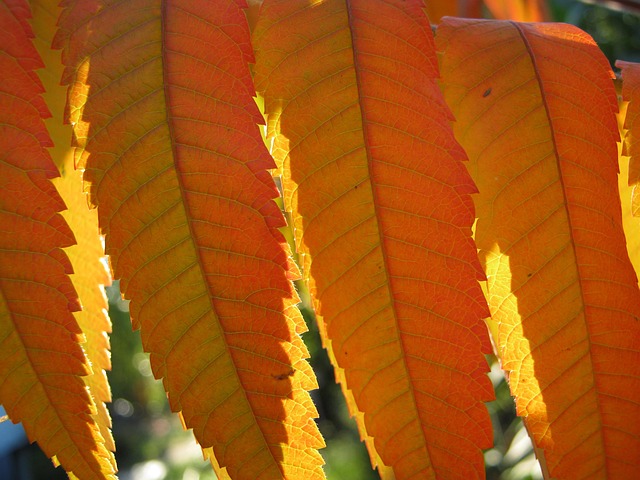Mold growth thrives in damp, warm environments with organic matter. Vinegar and bleach are popular choices for mold removal, with vinegar's natural antimicrobial properties contrasting bleach's powerful disinfection but potential corrosiveness. The optimal choice depends on infestation severity, safety, and materials, making informed decision-making crucial. Vinegar, a natural alternative to bleach, is safer, eco-friendly, and effective against mold without toxic residues or fumes, making it preferred for households with children and pets. To prevent recurrence, maintain optimal indoor humidity, repair water leaks, ensure proper drainage, regularly inspect prone areas, and use green cleaning products like vinegar solutions.
In many homes, mold growth goes unnoticed until it becomes a significant health hazard. Understanding how mold thrives is the first step towards effective removal. This article explores two popular methods: natural vinegar solutions and chemical bleach, weighing their effectiveness in the battle against mold. We’ll guide you through safe, eco-friendly techniques and best practices to prevent recurrences, offering a comprehensive approach to tackling this common problem with a focus on vinegar vs. bleach for mold.
- Understanding Mold Growth and Its Impact
- Natural Solutions: Vinegar's Power in Cleaning
- Bleach: A Chemical Approach to Removal
- Comparing Effectiveness: Vinegar vs. Bleach
- Safe and Eco-Friendly Mold Remediation Techniques
- Best Practices for Preventing Mold Recurrence
Understanding Mold Growth and Its Impact

Mold growth is a common household issue that can have detrimental effects on both health and property. Understanding how mold thrives is essential in effective removal and prevention. Mold spores, present in both indoor and outdoor environments, require specific conditions to flourish—dampness, warmth, and organic matter like wood or fabrics. When these elements align, mold begins to feed off the moisture, leading to visible growth and potential health hazards.
When it comes to tackling mold, the age-old debate revolves around vinegar vs. bleach for mold removal. Vinegar, a natural acid, is often preferred due to its antimicrobial properties and ability to break down mold without harsh chemicals. On the other hand, bleach is a powerful disinfectant but can be corrosive and toxic when used incorrectly. The choice between vinegar and bleach depends on the severity of the mold infestation, desired safety level, and the specific material affected.
Natural Solutions: Vinegar's Power in Cleaning

Natural solutions have gained popularity as eco-friendly alternatives to traditional cleaning products, especially when it comes to mold removal. Among these natural cleaners, vinegar stands out as a powerful and versatile option, offering a safe and effective way to tackle mold without resorting to harsh chemicals like bleach.
Vinegar’s unique acidity acts as a natural disinfectant, breaking down the cellular structure of mold and preventing its growth. It is particularly effective in areas affected by moisture, such as bathrooms and kitchens. Unlike bleach, vinegar does not release toxic fumes or leave behind harmful residues, making it a safer choice for homes, especially those with children and pets. Its ability to clean and sanitize surfaces while being non-toxic makes vinegar an excellent natural remedy for mold removal, providing a healthier and more sustainable cleaning alternative.
Bleach: A Chemical Approach to Removal

Bleach, a common household cleaner, has long been used as a powerful tool in the battle against mold. Its effectiveness lies in its ability to kill and remove mold spores, making it a popular choice for many. However, when it comes to green cleaning, bleach is often seen as an extreme measure due to its harsh chemical nature.
In the debate of vinegar vs. bleach for mold removal, natural alternatives like vinegar gain traction for their eco-friendly benefits. Vinegar is a non-toxic, biodegradable solution that can effectively combat mold growth without leaving behind harmful residues. Unlike bleach, it doesn’t release toxic fumes and is safer for use in homes, especially those with children and pets. This makes vinegar an appealing option for those seeking a chemical-free approach to mold removal.
Comparing Effectiveness: Vinegar vs. Bleach

When it comes to tackling mold, two common household ingredients often take center stage: vinegar and bleach. Both have their advocates and are readily available, but which is more effective for mold removal? Let’s explore this age-old debate.
Vinegar, a natural acid, has long been touted as a green alternative for cleaning and disinfection. Its acetic acid content can disrupt the cell walls of mold, making it an excellent choice for environmentally conscious individuals. On the other hand, bleach, a powerful chlorine-based cleaner, has been a staple in many homes for its potent antimicrobial properties. While effective against various pathogens, bleach can be harsh and release toxic fumes when mixed with certain compounds. In terms of mold removal, vinegar emerges as a front-runner due to its safety profile and ability to break down mold without leaving behind harsh residues, making it a safer option for both health and the environment in the context of green cleaning products.
Safe and Eco-Friendly Mold Remediation Techniques

When it comes to tackling mold, many reach for harsh chemicals like bleach, but there’s a growing trend towards safer, eco-friendly methods. One effective and natural alternative is vinegar, a versatile household ingredient that can cut through mold and mildew with minimal environmental impact. Vinegar’s acidity prevents mold growth by disrupting the cell walls of mold spores, making it an ideal green cleaning solution for various surfaces around the home.
Compared to bleach, which releases toxic fumes and requires protective gear, vinegar is gentle yet powerful. It’s a cost-effective option that can be mixed with water or essential oils for added fragrance. This simple, natural cleaner leaves no harmful residues and is safe for use on most materials, including wood, fabrics, and even porous surfaces like tile and grout. Opting for vinegar over bleach contributes to a healthier living environment and reduces the ecological footprint of mold remediation.
Best Practices for Preventing Mold Recurrence

To prevent mold from recurring after removal, it’s essential to understand and implement best practices. One effective strategy is maintaining optimal humidity levels indoors, as mold thrives in moist environments. Utilize dehumidifiers or improve ventilation to keep humidity below 50%. Regular cleaning with green products, such as natural vinegar solutions, can deter mold growth by eliminating residual spores. Unlike bleach, which can leave harmful residues, vinegar is a gentle yet powerful cleaner that effectively breaks down mold without toxic side effects.
Additionally, repairing any water leaks immediately and ensuring proper drainage around your property are crucial. Addressing the root cause of moisture issues prevents future mold problems. Regular inspection of areas prone to mold, such as bathrooms and basements, can help catch potential outbreaks early. By combining these practices with green cleaning products, you create an environment that discourages mold growth and maintains indoor air quality.
